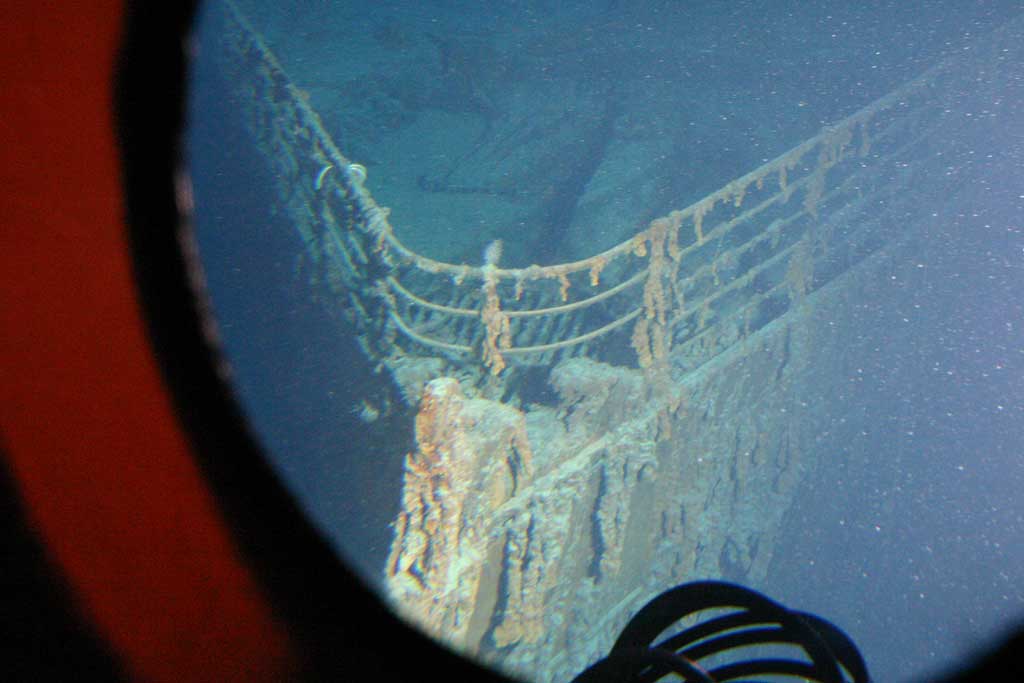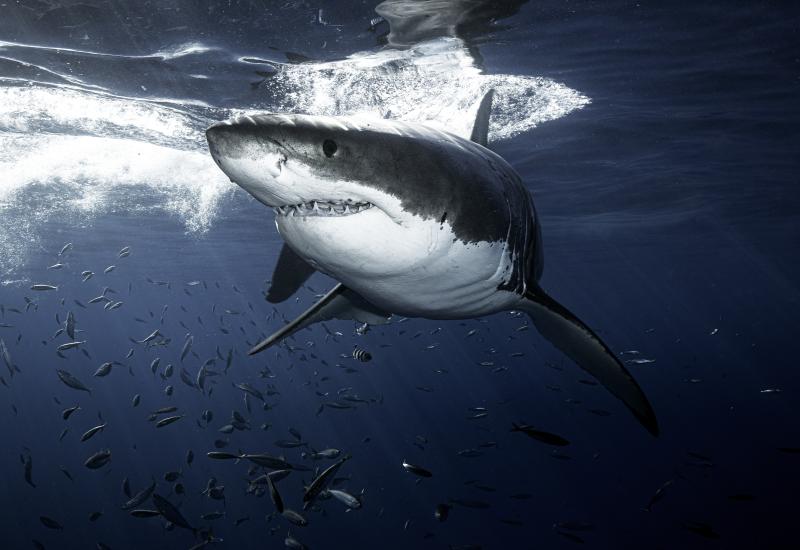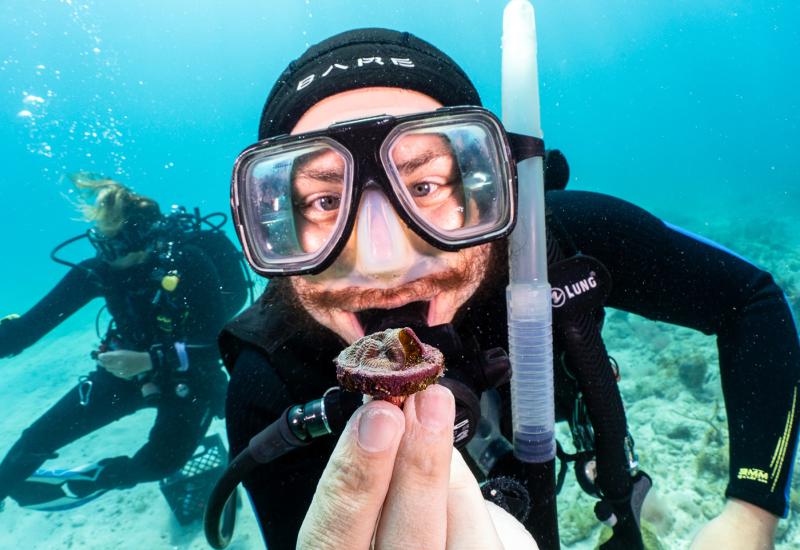Multi-Year Expedition Set to Monitor Decaying Titanic Wreckage

David ConcannonExpedition submersible Titan — which is owned, designed and engineered by OceanGate — moves across the ocean's surface.
The Titanic is slowly wasting away. Now, a multi-year expedition is set to document its deterioration.
In the 109 years since the ship sank, metal-eating bacteria and deep-sea currents have forged growing holes in its wreckage. Since its discovery in 1985, the crow’s nest has disappeared, a 100-foot forward mast collapsed, the deck passengers crowded on during the sinking has folded under itself, and the gym near the grand staircase has crumbled. As the bacteria eats away hundreds of pounds of iron per day, the iconic bow could collapse at any time.
“The ocean is taking this thing, and we need to document it before it all disappears or becomes unrecognizable,” Stockton Rush, president of OceanGate Expeditions, tells the Associated Press. Researchers predict the ship could be gone completely in just a few decades.
OceanGate Expeditions, which is organizing five annual missions to the Titanic, is hoping to chronicle the ship’s deterioration, which could help researchers predict what will eventually happen to other sunken ships, including those that went down in the world wars. It will also document the sea life and debris field around the wreck.

OceanGate ExpeditionsA Titanic floor tile sits in the wreck's debris field.
OceanGate advisor David Concannon tells AP that he once found a one-mile trail “of light debris and small personal effects like shoes and luggage.” The expedition’s submersible’s high-definition cameras and multi-beam sonar technology will be able to catalog these artifacts alongside the wreck itself.
The expedition team will not remove anything from the site, but even so, it may face some opposition. In 2003, then-president of the Titanic Historical Society, Ed Kamuda, told the Associated Press that human activity, from research expeditions to tourism, should be limited, as the area is the gravesite of more than 1,500 people.
“Let nature take back what is hers,” he said. “It’s only a matter of time before it’s a brown stain and a collection of pig iron on the ocean floor.”
On OceanGate’s support vessel will be archaeologists, marine biologists, and about 40 citizen scientists who each paid a $150,000 expedition support and training fee to take turns visiting the wreck in the five-person submersible Titan. Citizen scientists, which OceanGate refer to as Mission Specialists, "support dive planning, topside support, work side-by-side with researchers and scientists to capture 4k video footage, sonar, laser scans, and 3D imagery, run communications both in the sub and on topside support, assist with sub dive preparations and more," Lisa Dreher, who oversees media communications for OceanGate, tells Scuba Diving via email.
“I kind of need to see it with my own eyes to know that it’s really real,” Renata Rojas, 53, of Hoboken, New Jersey told AP. Rojas studied oceanography as a young woman in hopes of being the one to discover the wreck.










